Play as protest, practice, and possibility
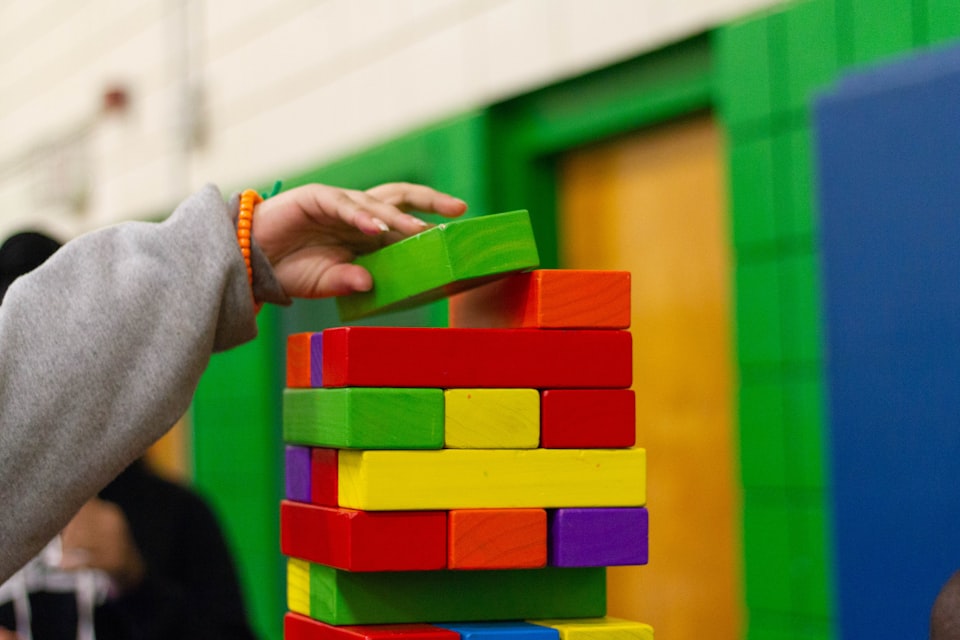
Recently I finished Medicine and the Arts, an online course offered free by the University of Cape Town via FutureLearn. As this blog is also kind of a learning journal this is the first of a couple of posts reflecting on bits of the course which interested me.
Play and its relationship to creativity is a subject I know I'll keep coming back to. In the 'Mind, art, and play' module of this course three experts spoke about the functions of play and the relationship between art and play as seen from their respective fields.
Play as protest
Occupational therapist Elelwani Ramugondo identified several different aspects of play in a healthcare setting and beyond:
- Play is both a diagnostic and a therapeutic tool. Clinicians working with non-verbal or pre-verbal patients such as young children may gain useful insights by observing them playing. Play can also be a powerful activity to support healing and recovery, for people of all ages.
- Play can be a way of communicating and expressing health. When a child has been ill and has been unable to play or uninterested in play, the point at which they begin to play again is typically viewed as a marker of progress or recovery. In adults playfulness may be interpreted as evidence of good spirits and a sense of security and confidence.
- Play is a way of forming and expressing our identity. Play allows us to explore who we are and how we move through the world, to try on other identities and roles and make believe different outcomes. Through this process we can discover ourselves and make choices about who we want to be.
- Play may be a form of expression "when words are inadequate or inaccessible". We can sometimes express ourselves through play when there is no other way to say what we mean, or when the words are too heavy.
- Play can be a way to subvert the status quo, bend or break the rules, a way to disrupt established social norms and ascribed meanings. In this way play has a relationship to protest and dissent.
This last point made me think of play as a potentially radical activity. For example, a response to capitalism's insistence that worth is tied to productivity, or a rejection of the paralysing fear peddled by 24 hour media.
It also made me wonder how much behaviour labelled as 'naughty' in children could be seen in a different light as a form of play, perhaps a necessary one. How would that change how we respond?
Play as practice
Neuropsychologist Mark Solms began by describing the evolutionary basis of our feelings and instinctive emotional systems.
As we navigate through the modern world we are still constantly attempting to answer the earliest, deepest question embedded in our brain structure, which is "will this help me survive?" Our feelings are the brain's way of broadcasting the result of this constant assessment: approach or avoid.
"Feelings are the bedrock of all consciousness," Solms says, and they inform all of our perceptions, which is what makes them subjective: "I feel this about that". He stresses that these instinctive emotional systems are only a foundation stone, sitting below layers and layers of higher mechanisms. I get wary when people try to locate reasons for modern human behaviour in our evolutionary or prehistoric past as if nothing of significance has shaped our brains or our behaviour (individually or collectively) since then.
For Solms, the most important instinctual emotional system with relevance to art is the need for play. He describes play in humans and other species as largely involving fighting or chasing or some other form of dominance, giving examples from children's play including "cowboys and Indians" or "doctor and patient".
Solms explains how turn taking in these games tends to settle at around 60:40. More than that and it becomes scary or frustrating for the child (or dog? or dolphin?) in the less dominant position. Thus play is about practicing social interactions, identifying limits in how we treat each other and establishing shared rules for the social group, a way of establishing "a pecking order". Something also seen in "the art world". And that is how play relates to art.
I have questions.
- What about collaborative or cooperative play? Or solo play?
- When children's games reflect hierarchies or power relations visible in their societies and the media they consume, why assume that they are inherent, as is implied here? Isn't it just as likely to be socially determined, especially when those pairs are incredibly culturally specific, such as "cowboys and Indians"? Even the fact that we might perceive those dyads as hierarchies is deeply informed by a specific Western cultural context.
- What about art created for reasons other than commercial success, which is surely most of it? Public or community art? Art made for oneself, in private? Art created in non-hierarchical or cooperative communities? Ritual or sacred art? Art created in therapy? Applied art or craft?
What I'm taking from this is that play undoubtedly forms an important part of human socialisation. The games we play are influenced by and influence our culture. If our cultural context values competition, hierarchy, and dominance (hello there capitalism, patriarchy, white supremacy...) then those values will be learnt and inscribed in our games.
But, as Solms himself says, play also involves testing the boundaries of reality, acting "as if" something is which currently isn't. Play gives us the chance to explore other possibilities.
Play as possibility
Applied artist and poet Malika Ndlovu spoke about this sense of possibility and fluidity which play offers, encouraging exploration and providing an opportunity for revelation and discovery. She describes play as "a way to step away from the mind", which, as a chronic overthinker, is one of the reasons I have come to value it so much as part of my creative process and life in general.
Speaking about art and play in a therapeutic context, Ndlovu highlights drama and role play in particular as a powerful way to enable people to step outside their own experience. For people who have experienced distressing or traumatic events or who are suffering with injury, illness, or loss, this imagining or inhabiting of other roles can help them to begin processing and integrating the difficult emotions around their experiences.
Ndlovu says that all art forms offer the opportunity to discover that "you are separate from your experience". Creating something is outward-focused, empowered, productive, and often helps people remember they are more than a victim or a patient. Helping people to take control of telling their story supports healing and recovery in many ways, not least by giving people some agency in situations where they may feel powerless. Art therapy also offers practical value through distraction, as being present in an artistic process can relieve stress.
Echoing Ramugondo's point about play offering a form of expression when words are "inadequate or inaccessible", Ndlovu explains that "art offers other languages" when working with experiences where words fail us, such as trauma or grief, or where there are language barriers. This resonates very strongly with my own experience of struggling to find words to describe the often bizarre feelings or sensations of trauma recovery and turning to visual art and imagery for help.
Like the sense of possibility at the heart of play, Ndlovu says that "art has a sense of abundance", offering many ways to access solutions or insights, drawing on different media, different processes, different contexts.
Art and play share so many qualities, but the one which stands out for me at the end of this module (and at the start of a new year) is that they both give us the chance to ask and answer the radical, fundamental question: "what if?"
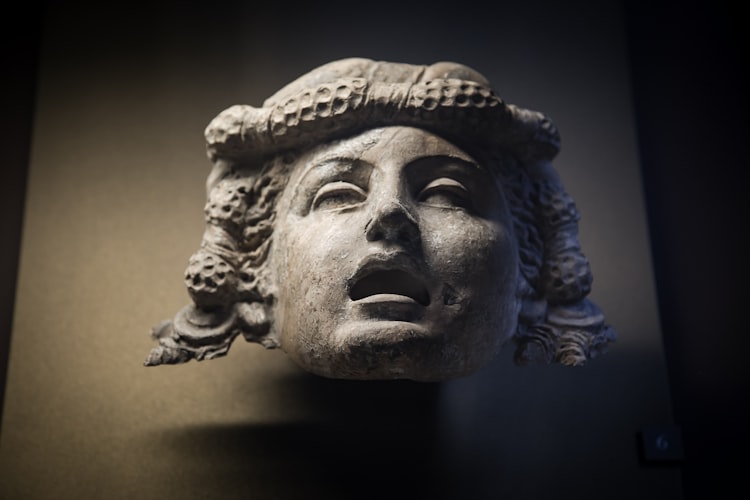
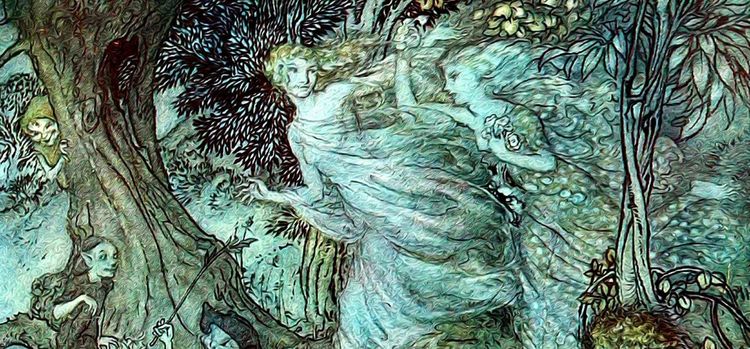
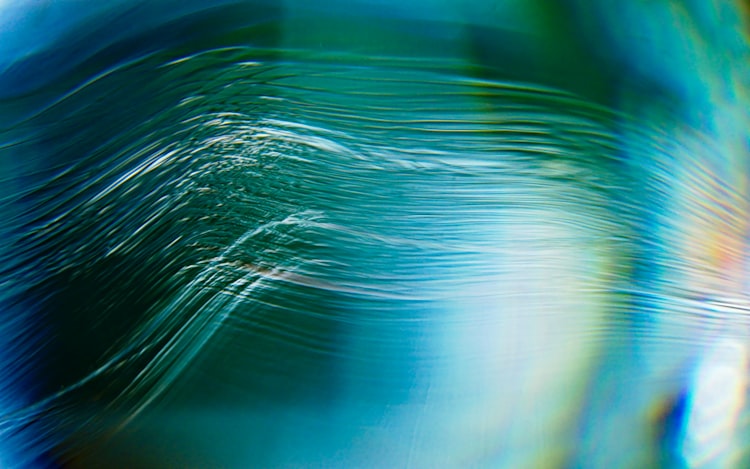
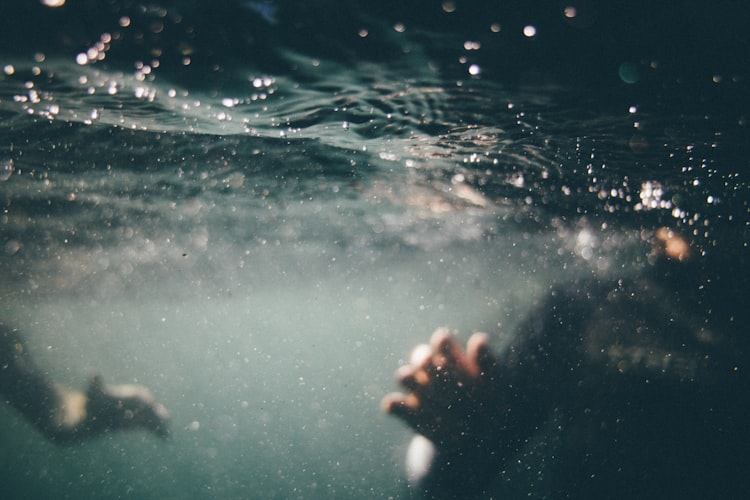
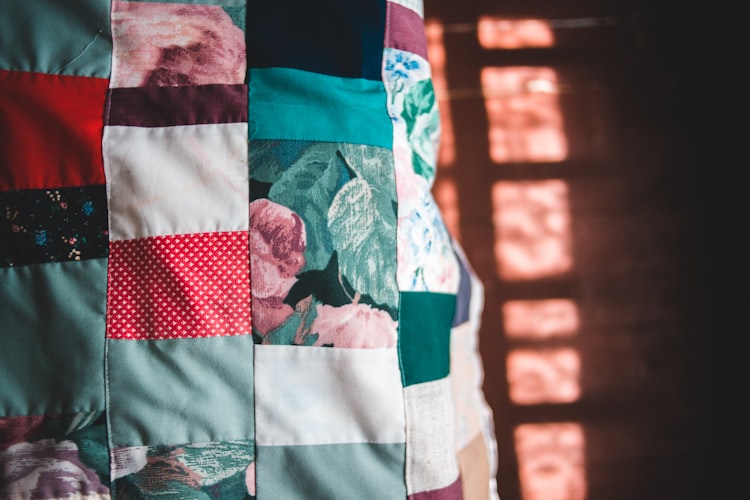
Member discussion